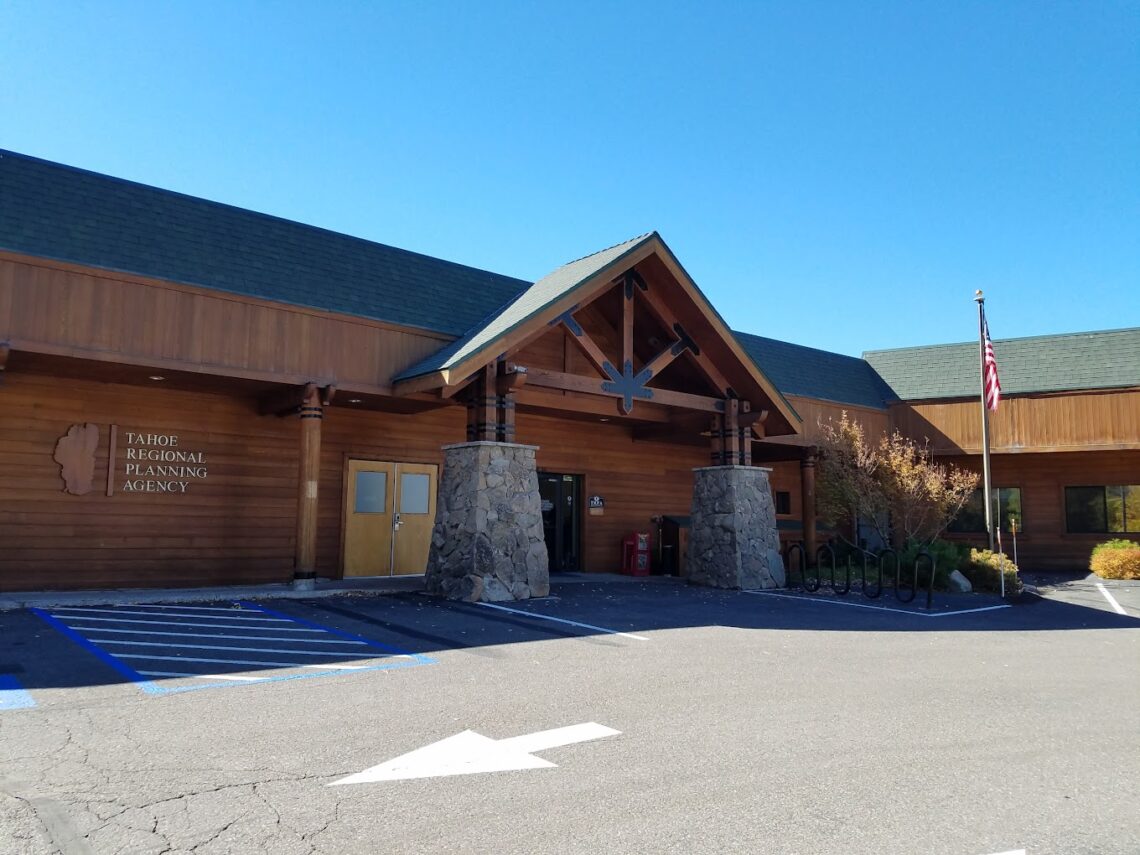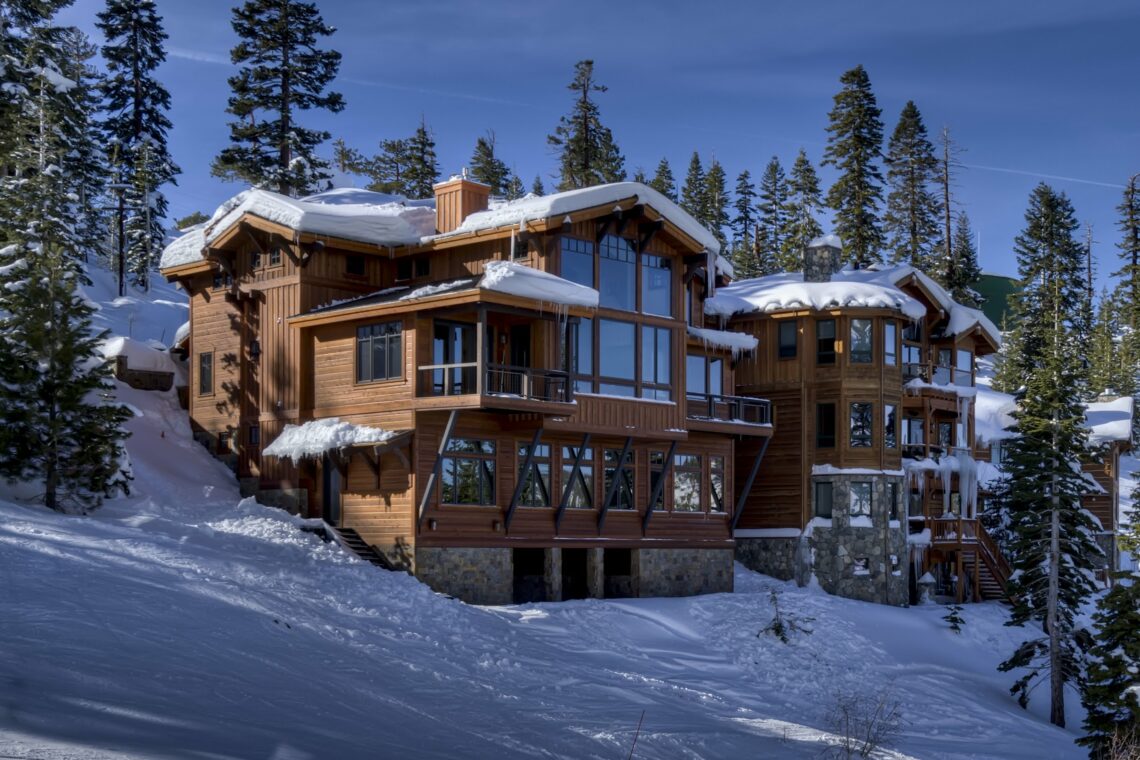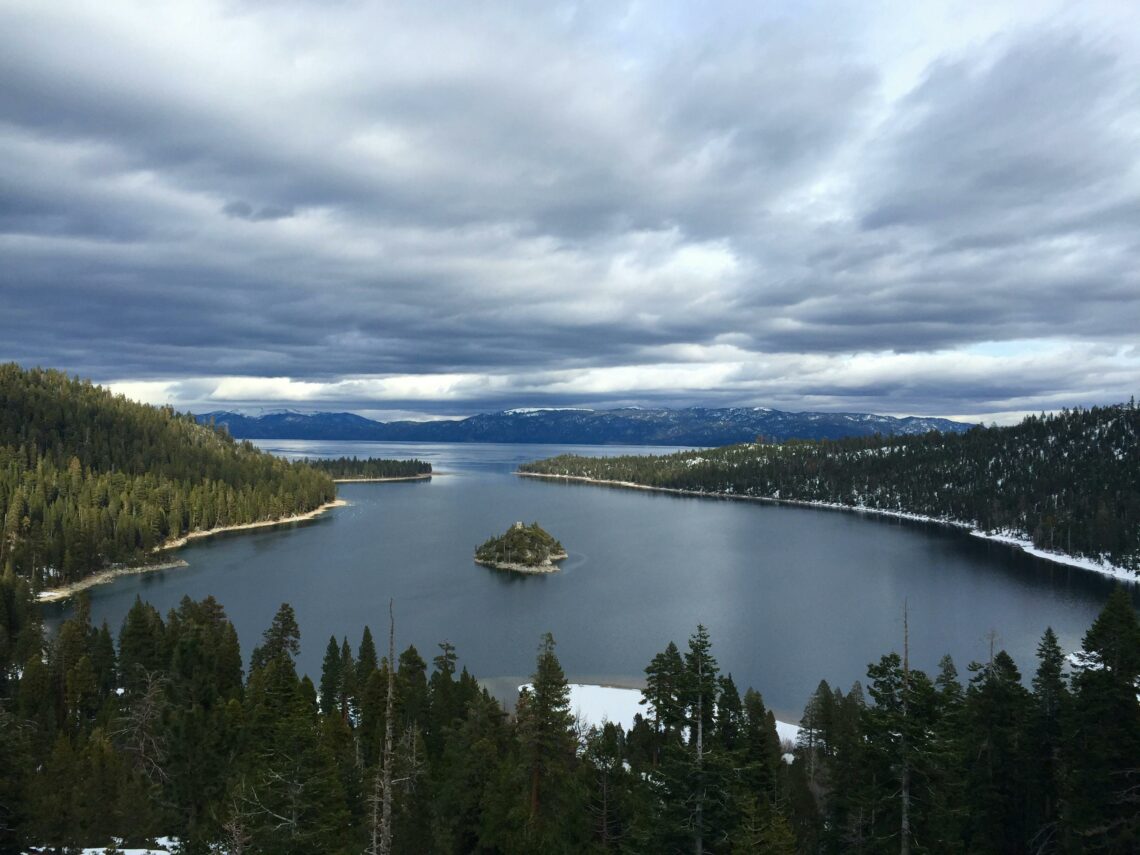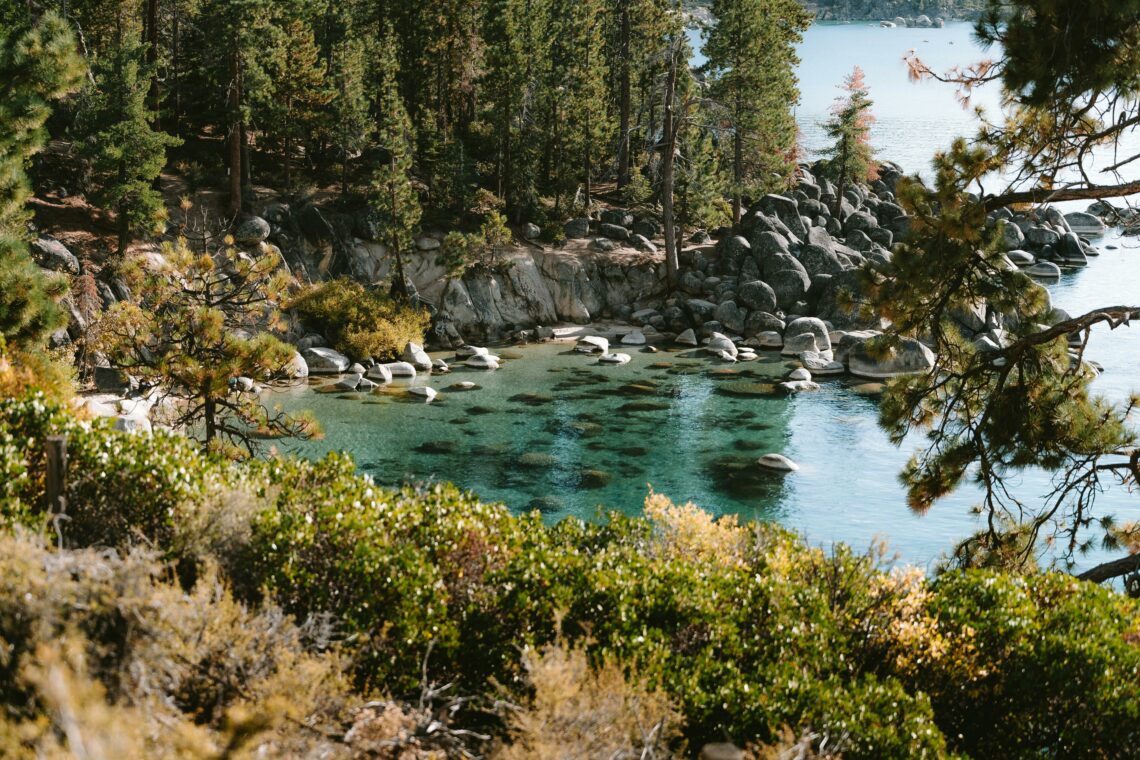When building or renovating a home in Lake Tahoe, it’s important to know the local regulations that protect the area’s natural beauty and environment.
Lake Tahoe is famous for its pristine environment, which both California and Nevada protect through strict regulations. These rules aim to preserve water quality, forest health, and the area’s overall look.
Tahoe Regional Planning Agency (TRPA)
The TRPA is a bi-state agency that oversees all development in the Lake Tahoe Basin. Any building or renovation project must follow TRPA guidelines to minimize environmental impact. Here’s a detailed look at these regulations.

Key Regulations
Land Coverage
The TRPA Code of Ordinances sets strict land coverage limits to minimize environmental impact, especially runoff into the lake. Chapter 30 of the Code details these regulations, specifying the maximum percentage of a lot that can be covered by buildings, driveways, and patios.
For residential properties, the allowable land coverage depends on the parcel’s land capability district, based on soil type, slope, and other factors. Sensitive areas, like Stream Environment Zones (SEZs), have stricter limits. Land coverage transfer programs allow moving coverage rights from sensitive areas to less sensitive ones, promoting sustainable development.
These regulations ensure that homes in Lake Tahoe are built with environmental care, balancing development with natural resource preservation.
Building Height and Style
Height and design standards for homes in Lake Tahoe preserve the area’s scenic beauty. Building heights depend on the site’s slope and plan area guidelines to ensure homes blend with the landscape. Exceptions for additional height must meet criteria to enhance scenic quality without obstructing views.
Design standards emphasize using materials and colors that match the natural surroundings. Homes should avoid reflective materials and bright colors, using natural materials like wood and stone. Architectural features like pitched roofs are encouraged, and landscaping should use native, drought-resistant plants. These rules maintain the visual harmony and ecological balance of the Lake Tahoe Basin.

Best Management Practices (BMPs)
Property owners must implement BMPs to control soil erosion and manage stormwater runoff, protecting Lake Tahoe’s water quality. BMPs include installing erosion control barriers, creating drainage systems to filter runoff, and using permeable materials for driveways and walkways.
BMPs must be tailored to the site’s characteristics, such as soil type, slope, and proximity to water. Common BMPs include maintaining vegetation cover, installing rain gardens or bioswales, and proper grading to prevent erosion. TRPA provides guidelines and assistance to help homeowners design and implement these practices. Complying with BMPs helps preserve Lake Tahoe’s clarity and beauty, promoting long-term environmental health.
Permit Process
Obtaining a permit for building or renovating in Lake Tahoe can be complex. Here’s a typical process:
-
Pre-Application Meeting
- Discuss your project with TRPA planners to understand the feasibility and requirements.
- Determine Project Requirements: Check if your project requires TRPA review. Some activities might be exempt. Use the Parcel Tracker for property information and compliance status.
- Scenic and Environmental Considerations: Additional standards apply for properties visible from scenic areas.
- Verifications and Determinations: Complete necessary verifications like Land Capability Verification to understand the development potential.
- Floodplain and Title Report: Check if your property is in the FEMA 100-year floodplain. Review a current title report for easements.
- Development Rights and Level of Review: Obtain necessary development rights for new construction. Determine if your project requires a public hearing.
-
Application Submission
-
- Where to Apply: Determine if your application should be submitted to TRPA or a local agency with a memorandum of understanding (MOU) to process permits on behalf of TRPA.
- Prepare Detailed Plans: Prepare existing and proposed site plans, floor plans, and elevation drawings. Follow the application checklist for required elements and reference sample plans available online.
- Online Application Submission: Submit your application via the Accela Citizen Access Database, including all required documents and filing fees. TRPA will conduct an initial review to ensure completeness within 30 days (15 days for minor applications). If additional information is required, TRPA will notify you.
- Application Review: Once complete, your application is assigned to a planner who will be your primary contact. The planner reviews the project for compliance with TRPA code and local plan requirements. If additional information is needed, the review time pauses until all information is provided.
3. Permit Issuance and Construction
-
- Conditional Permit Issuance: Upon review completion, a conditional permit is issued with specific conditions that must be met before the permit is finalized. Construction cannot begin until these conditions are satisfied, the permit is signed, and final plans are stamped.
- Permit Acknowledgement: Finalize the permit by addressing all conditions with the planner, including potential revisions, fee payments, and additional information submission. Once conditions are met, the planner will stamp the plans and sign the permit.
- Inspections: Before grading or construction, request a pre-grade inspection to review construction BMPs and permit conditions with a TRPA Compliance Inspector. After project completion, request a final inspection to ensure all conditions are met. The security deposit is released upon passing the final inspection, with some security held for several years for scenic mitigation on lakefront properties.
Environmental Considerations
Projects in Lake Tahoe are assessed for their impact on water clarity and forest preservation.

Water Clarity
Construction projects must prevent sediment and pollutants from entering the lake. BMPs manage stormwater runoff, reducing erosion and controlling sediment transport.
Forest Preservation
Regulations minimize tree removal and disturbance to forested areas. If tree removal is unavoidable, it must be compensated with replanting or other measures. Projects must maintain buffer zones around sensitive areas to preserve wildlife habitats.

Challenges and Tips
Time and Cost
Building or renovating a home in Lake Tahoe involves a complex regulatory process that can be both time-consuming and expensive.
Professional Help
Hiring professionals experienced with TRPA regulations is advisable. They can help you streamline the process and ensure correct submisison of all plans and requirements.
Community Impact
TRPA regulations protect the environment and help maintain property values in Lake Tahoe. By enforcing strict standards, TRPA ensures developments harmonize with the natural surroundings, preserving scenic beauty and ecological health. Properties that follow TRPA guidelines are likely more desirable, contributing to community sustainability.
Conclusion
Building or renovating in Lake Tahoe requires a careful approach to meet strict environmental regulations. While the process may be challenging, the benefits of preserving the beauty and natural resources of Lake Tahoe are invaluable.

Leave a Reply